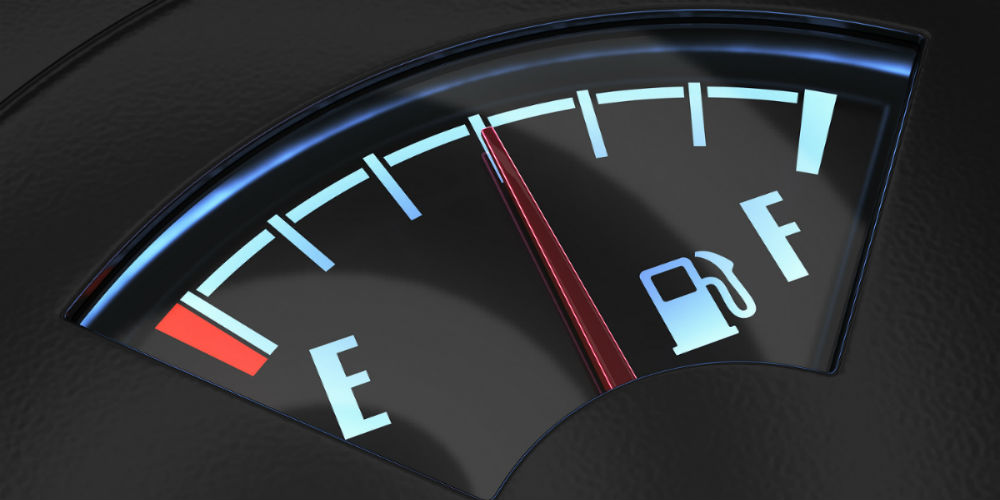What’s fueling your mobile banking channel?

Steve Jobs, who often knew what consumers wanted before they did, once said, “My favorite things in life don’t cost any money. It’s really clear that the most precious resource we all have is time.”
Members agree. Time savings and easy access are at the top of their lists … and, frankly, doing their “banking” is sort of near the bottom. They want to do it the quickest, most convenient ways they can and then get on to other activities. Today, that means fueling your mobile channel with the same functionality as you do with online banking.
Mobile is driving the Internet
An April 2015 report from Internet analytics firm comScore revealed that 60 percent of the time people spend online is done using their mobile phones or tablets. And Chase Bank reports that a third of the its customers used mobile banking in 2014. Mobile banking is now a fully vested digital channel with nearly a billion users worldwide, so it needs to be full-service.
In an Aug. 10 article in The Financial Brand (“Mobile Banking Usage to Double”), Jim Marous noted that the .8 billion users now using mobile banking is just the beginning. Citing the Global Mobile Banking Report from KPMG in partnership with UBS Evidence Lab, he said, “The number of mobile banking users globally is forecast to double to 1.8 billion over the next four years, representing over 25% of the world’s population.”
After financial institutions offered limited functionality for many years, “the majority of banking organizations finally have some kind of mobile banking offering, either developed in house or in partnership with third-party solution providers,” Marous said. But is this enough?
Make it premium grade
With the number of consumers using mobile for all kinds of Internet activities growing exponentially, it makes sense that mobile banking should be more than just an “add on.” Yet, most U.S. financial institutions make just 20 percent of their online functions available through their mobile channels.
In his article, Marous suggests using today’s technology to offer “value added mobile services, such as advisory services and virtual customer support [and] contextual cross-selling, leveraging both captured customer insight as well as locational data.” And the KPMG/UBS findings show that strong mobile strategies must be combined with good execution for success.
From account alerts and loan apps to secure, private mobile e-statements and targeted, personalized offers, feature-rich mobile services take a lot of the hassle out of banking. And with a well-designed program that lets members move seamlessly from one device to another, they can balance a statement while waiting for the kids to finish Karate lessons or apply for a car loan in the dentist’s lobby.
Give it a check-up
Your mobile channel needs to be just as robust and up to date as your online channel, so give it regular tune-ups. Consider these tips:
- Responsive design – Have a consistent look and feel across all communication channels. Members should be able to easily recognize your brand, whether they are on a desktop, tablet, phone or wearable technology. Make sure the screen is optimized on any device for easy navigation and readability.
- Mobile e-statements – Today, fewer people view their account activity seated at a computer, so provide options. Choose an e-statement provider whose mobile statements are secure, easy to access and readable on any device.
- Secure delivery of sensitive documents – Consumers want private, timely information about balance alerts, late payment notices or overdrafts. Incorporate them into your mobile banking app so members can easily review them when they login. No one wants to learn about an unexpected charge a week after it’s assessed.
- Digital marketing capabilities – Incorporate promotional messages into your mobile banking app with offers pinpointed to each member’s specific interests. The same technology that saves consumers time also becomes another touch point to deepen your member relationships.
In its March 2015 study, “Consumers and Mobile Financial Service,” the Federal Reserve found that 39 percent of U.S. cell phone users with bank accounts use mobile banking. That number jumps to 52 percent for smartphone users, and are a whopping 60 percent Millennials. Mobile is taking over the Internet Highway, and the state of your mobile channel will fuel members’ needs or drive them away.





